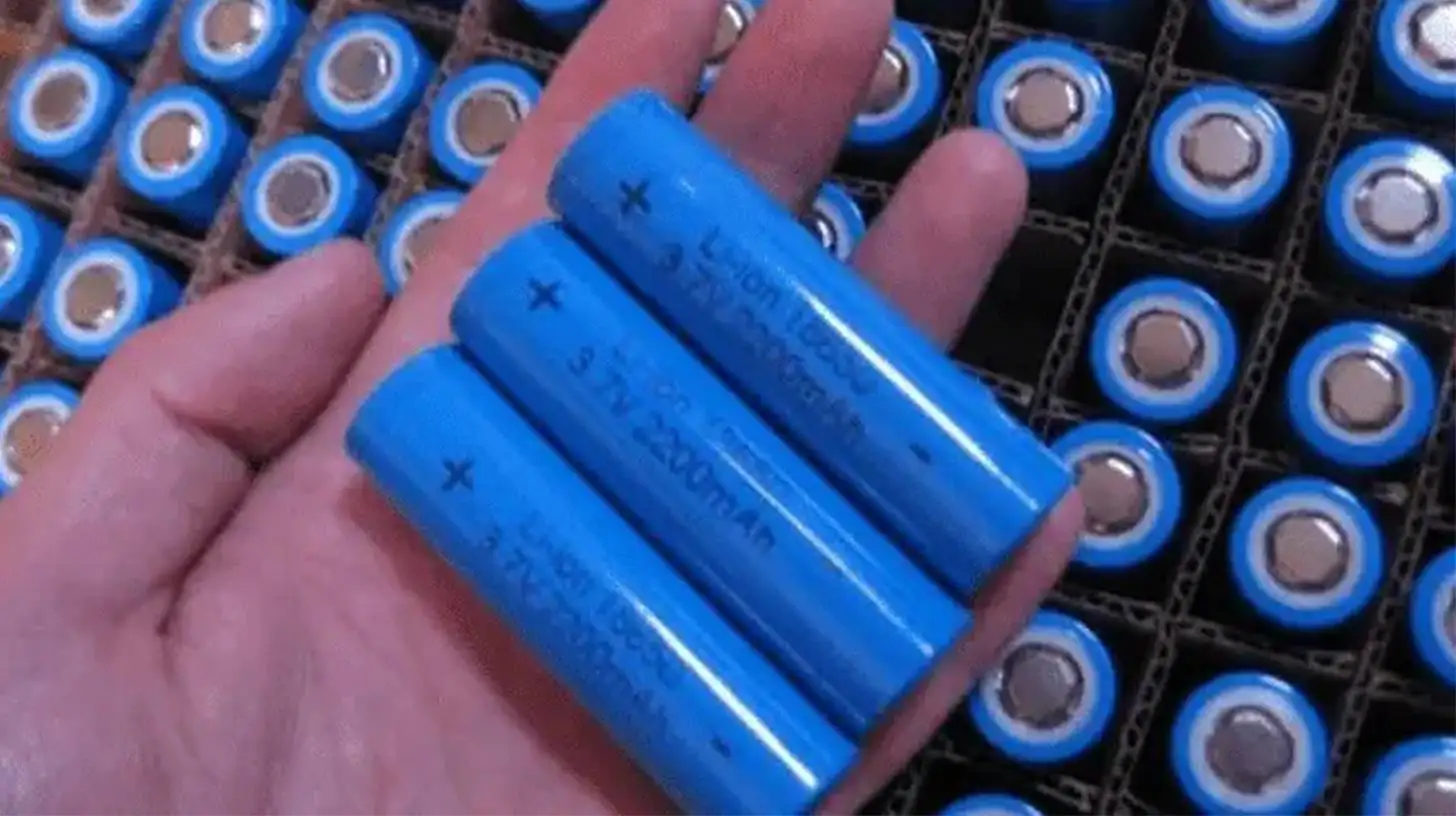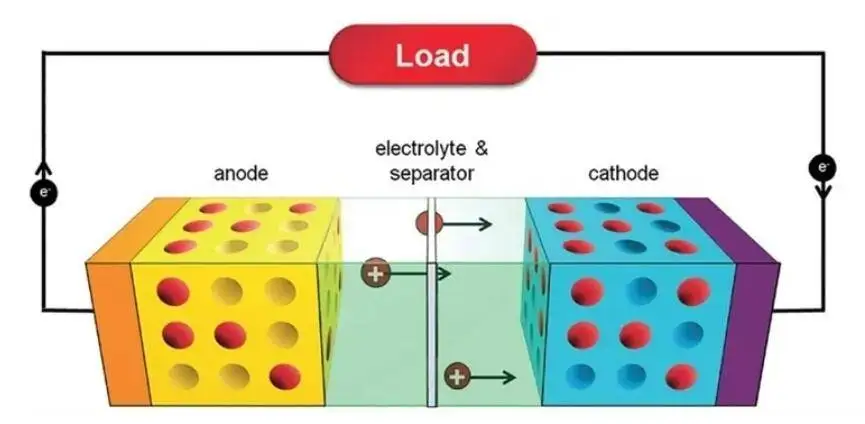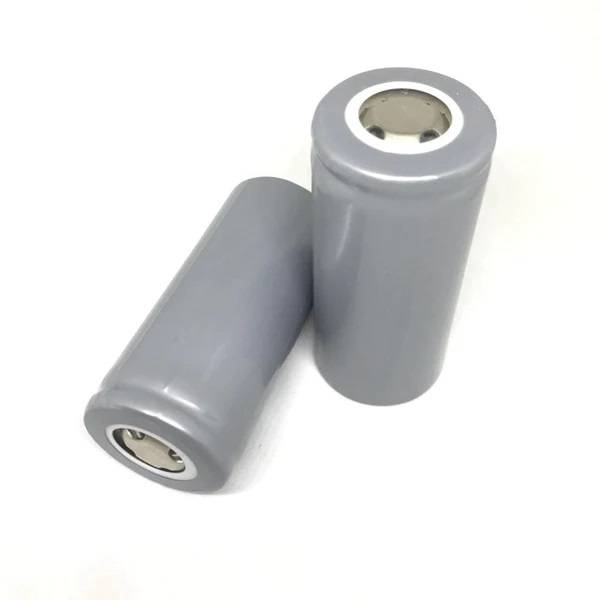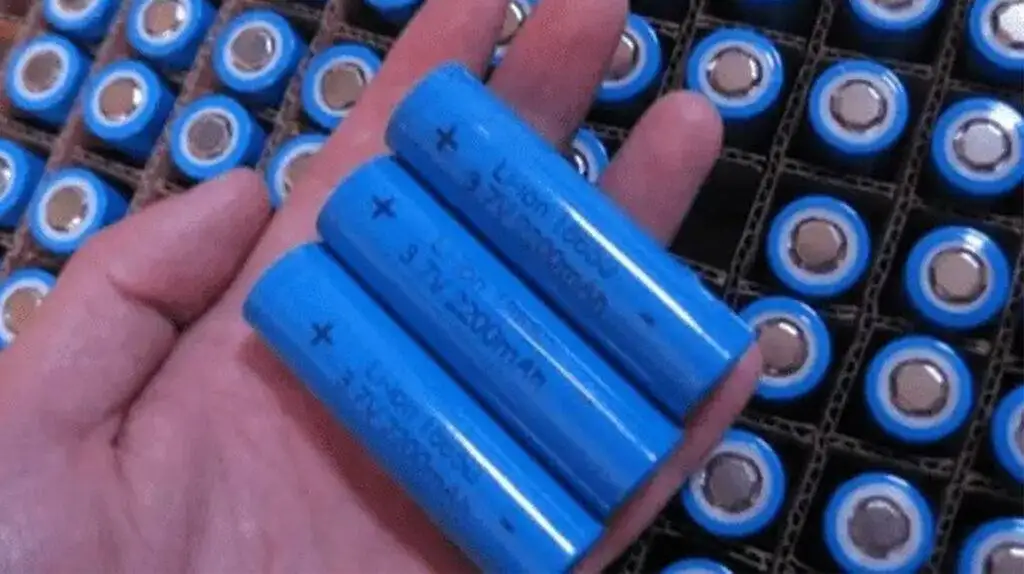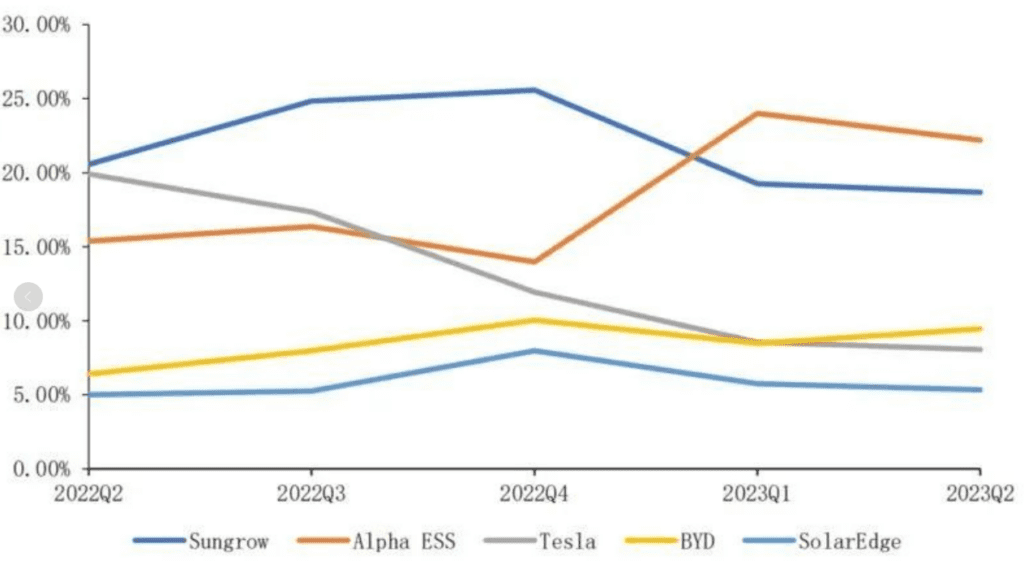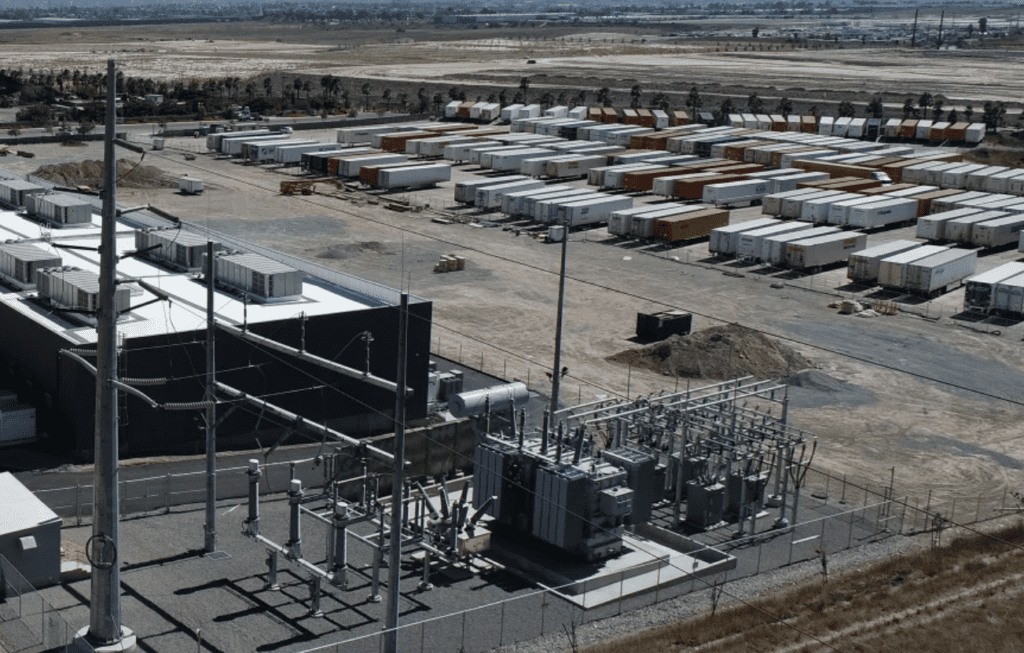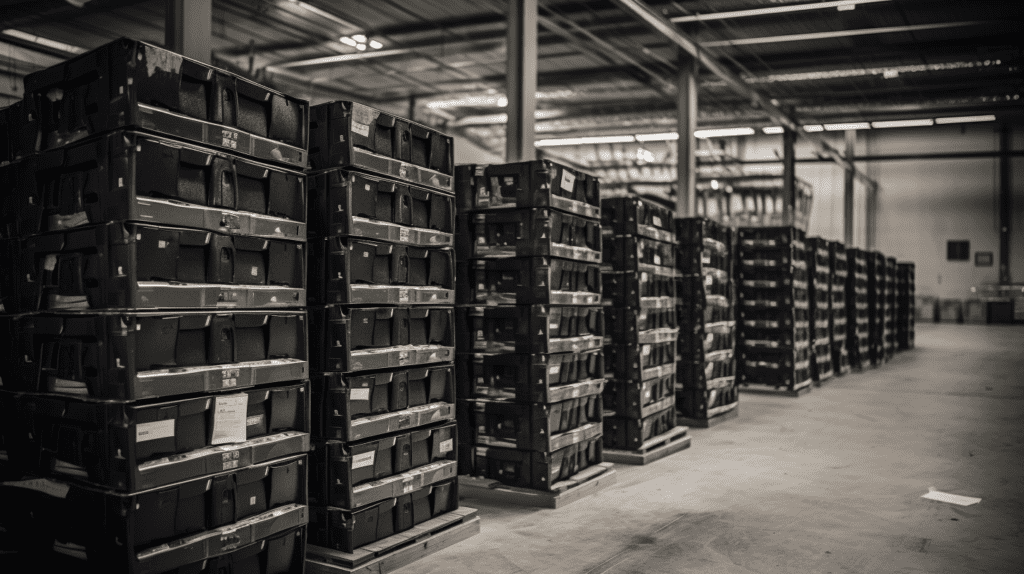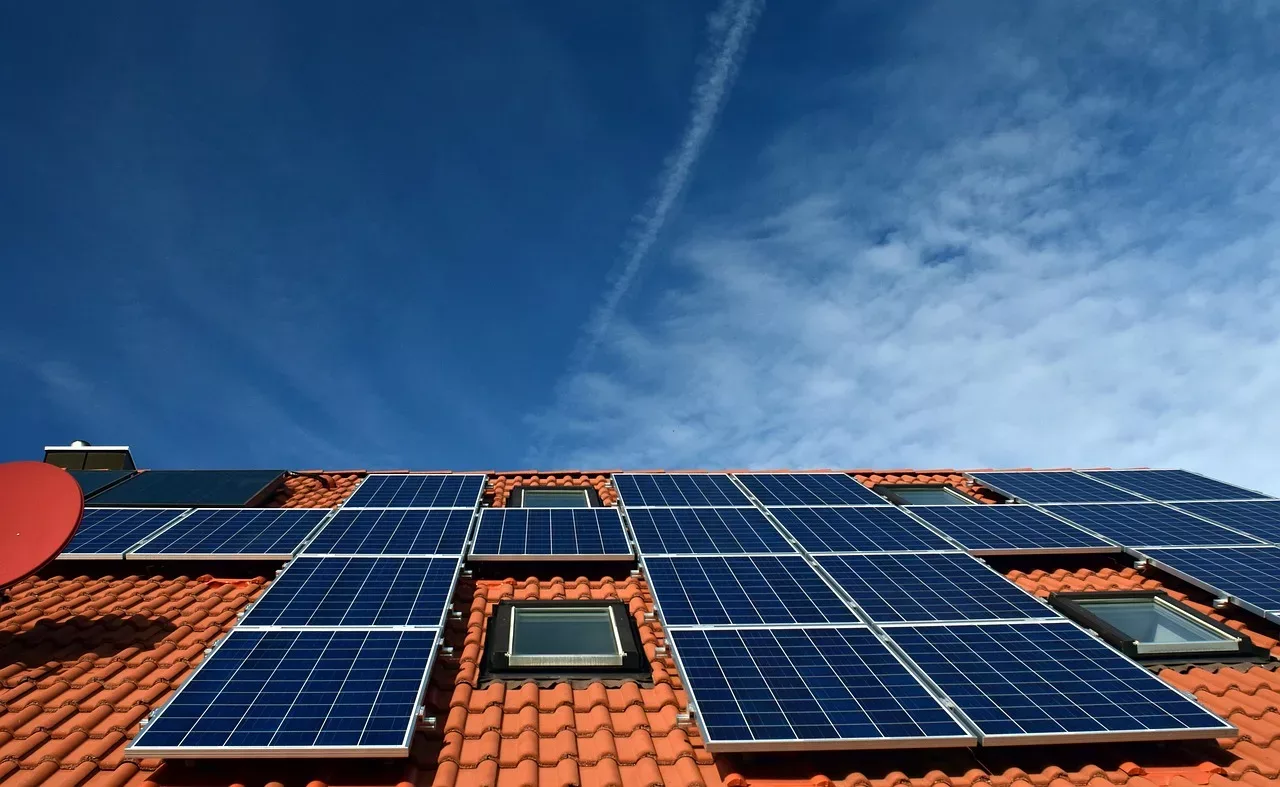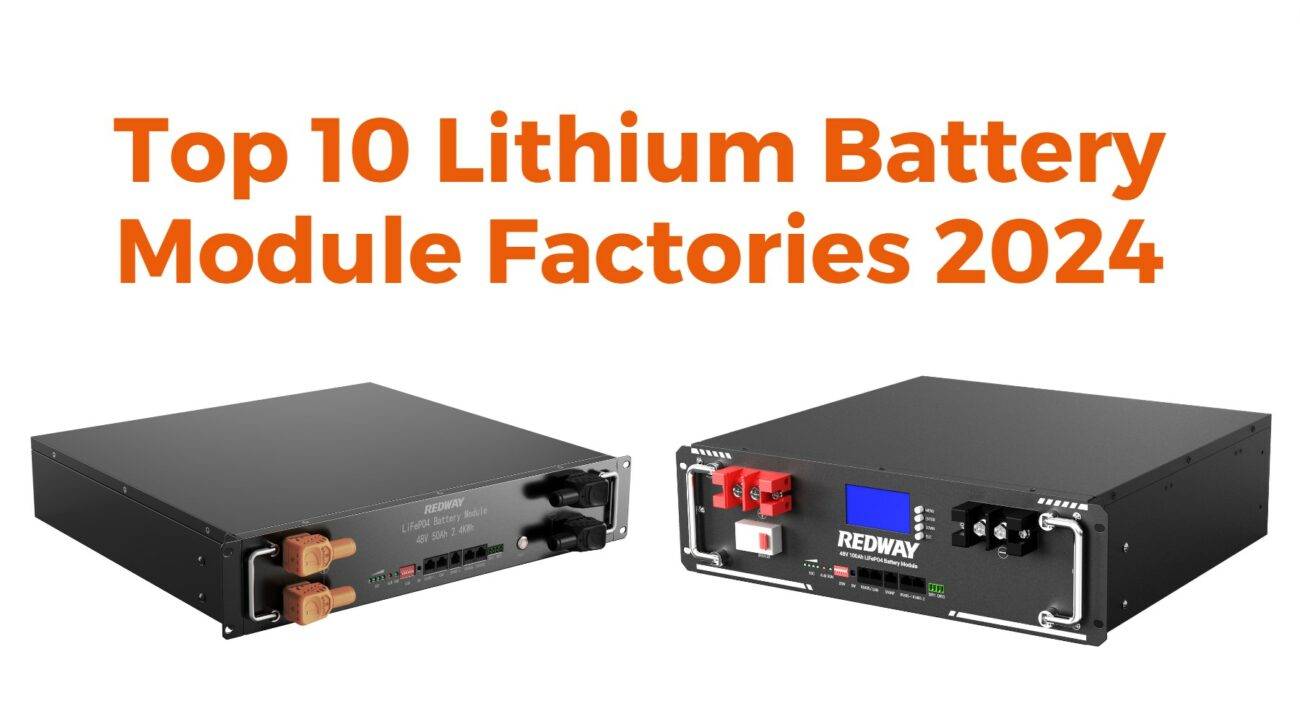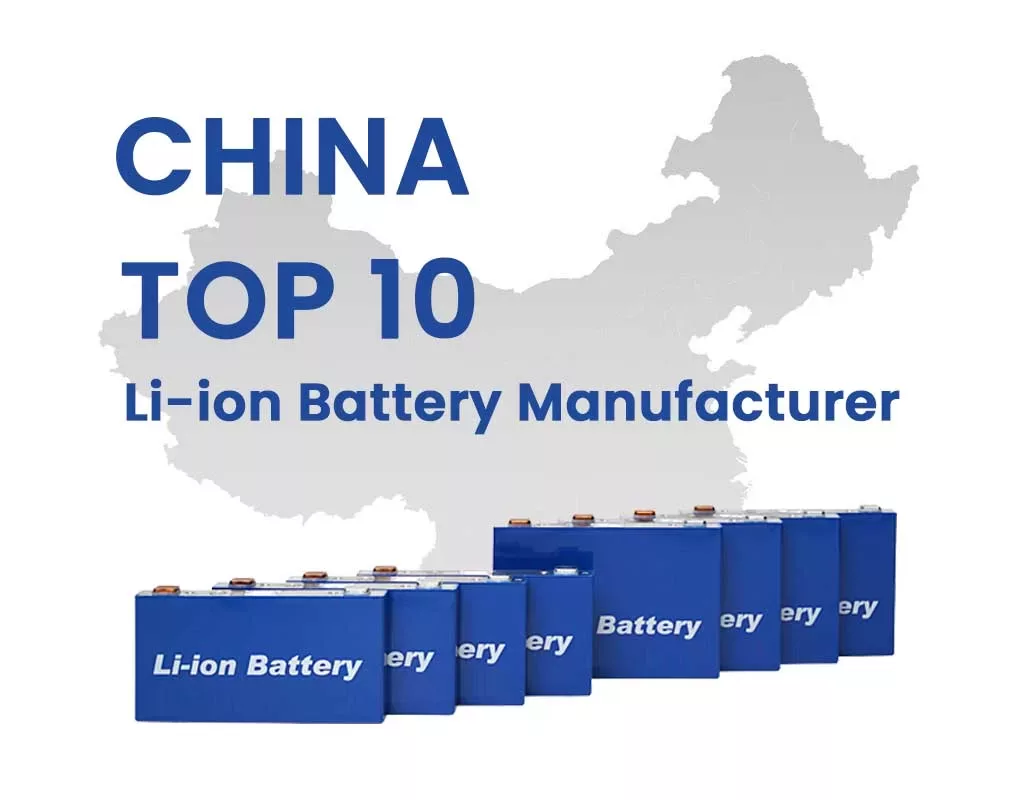Lithium-ion battery packs are manufactured through a complex process involving multiple steps, including electrode preparation, assembly, and testing. Understanding this process is essential for ensuring high-quality energy storage solutions that power everything from smartphones to electric vehicles.
How does the lithium-ion battery manufacturing process work?
The lithium-ion battery manufacturing process involves several stages: electrode manufacturing, assembly, and finishing. It begins with mixing active materials to create electrode slurries, followed by coating, drying, and assembling cells. Each step is critical to ensure efficiency and safety in the final product.
What are the key steps involved in manufacturing lithium-ion batteries?
The key steps in lithium-ion battery manufacturing include:
- Slurry Mixing: Active materials are combined with binders and solvents to create a slurry.
- Coating: The slurry is coated onto metal foils.
- Drying: Excess moisture is removed.
- Calendering: The coated foils are compacted to enhance density.
- Slitting: The foils are cut into appropriate sizes.
- Cell Assembly: Anodes, cathodes, separators, and electrolytes are assembled into cells.
- Formation: Cells undergo initial charging to form the Solid Electrolyte Interphase (SEI).
- Aging: Cells are stored to stabilize performance before testing.
Chart: Key Steps in Lithium-Ion Battery Manufacturing
| Step | Description |
|---|---|
| Slurry Mixing | Combine active materials with binders and solvents |
| Coating | Apply slurry onto metal foils |
| Drying | Remove moisture |
| Calendering | Compact foils for density |
| Slitting | Cut foils to size |
| Cell Assembly | Assemble electrodes and electrolyte |
| Formation | Charge cells to form SEI |
| Aging | Stabilize cells before testing |
Why is battery cell selection and matching important?
Battery cell selection ensures that all cells within a pack have consistent performance characteristics, such as voltage and capacity. This matching is crucial to prevent imbalances during charging and discharging cycles, which can lead to reduced efficiency or even safety hazards like overheating or fires.
How is electrode slurry prepared for lithium-ion batteries?
Electrode slurry preparation involves mixing active materials (like graphite for anodes and lithium compounds for cathodes) with conductive additives and binders in a solvent. This mixture must be uniform to ensure optimal performance of the electrodes once coated onto metal foils.
Chart: Components of Electrode Slurry
| Component | Purpose |
|---|---|
| Active Material | Provides energy storage capability |
| Conductive Additive | Enhances electrical conductivity |
| Binder | Holds materials together |
| Solvent | Facilitates mixing |
What challenges are faced during lithium-ion battery production?
Challenges in lithium-ion battery production include:
- Quality Control: Ensuring consistency across batches can be difficult due to variations in raw materials.
- Safety Risks: Improper handling of chemicals or defects can lead to fires or explosions.
- Cost Management: Fluctuations in raw material prices can impact overall production costs.
How are lithium-ion battery packs tested for quality?
Testing for quality involves several methods:
- Electrical Testing: Measures voltage, capacity, and internal resistance.
- Safety Testing: Assesses thermal stability and insulation resistance.
- Cycle Testing: Evaluates performance over multiple charge/discharge cycles.
Why is safety crucial in lithium-ion battery manufacturing?
Safety is paramount due to the risks associated with chemical handling and potential thermal runaway events. Manufacturers implement strict protocols for material handling, equipment maintenance, and employee training to mitigate these risks.
Latest News
Recent developments in lithium-ion battery technology focus on enhancing sustainability through recycling initiatives and exploring alternative materials like sodium-ion batteries. Companies are also investing in advanced manufacturing techniques that reduce energy consumption and improve efficiency.
Editor Comment
“The evolution of lithium-ion battery technology reflects a broader commitment to sustainability within the energy sector. As manufacturers innovate processes that minimize environmental impact while maximizing performance, we can expect significant advancements that will shape the future of energy storage.”


